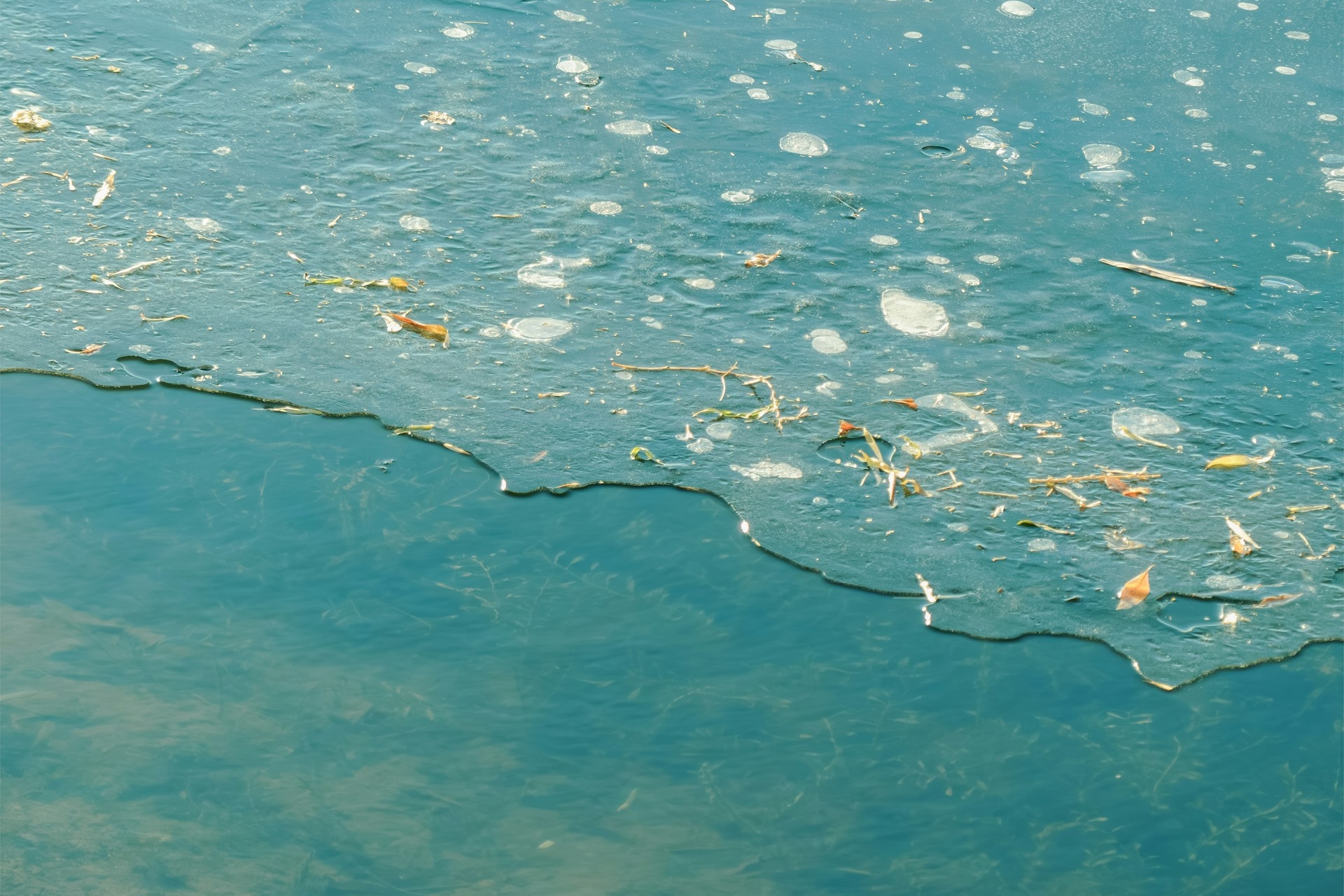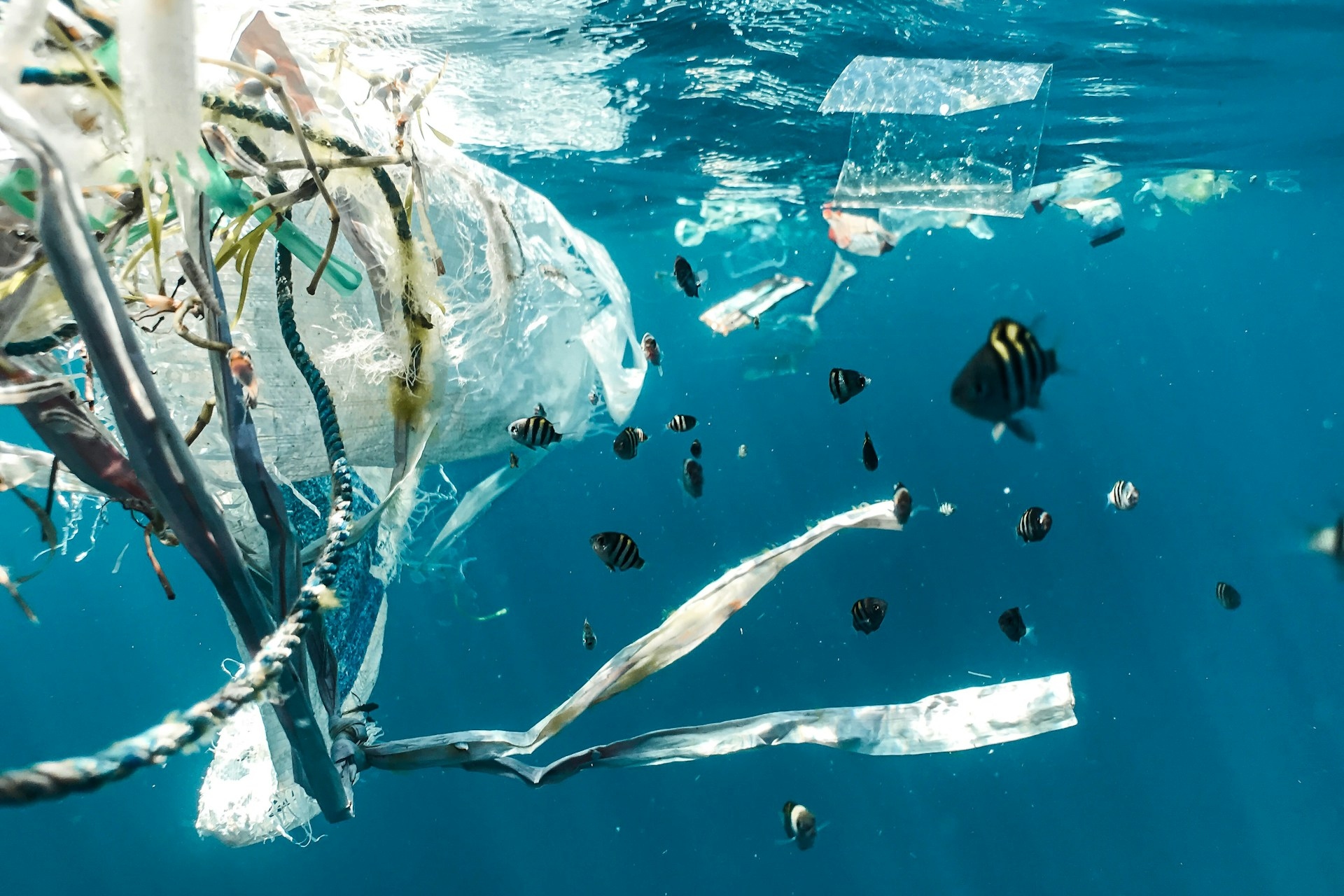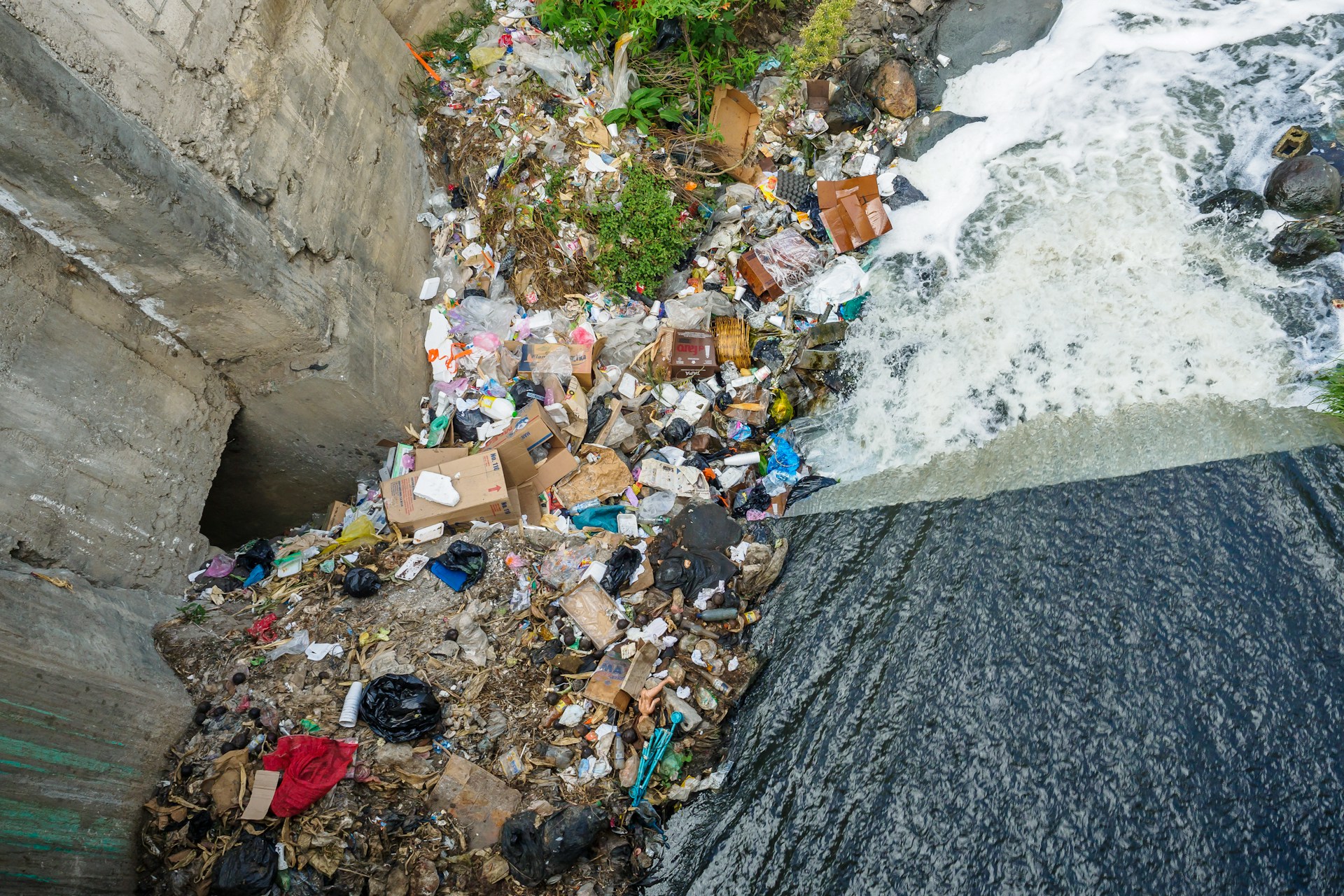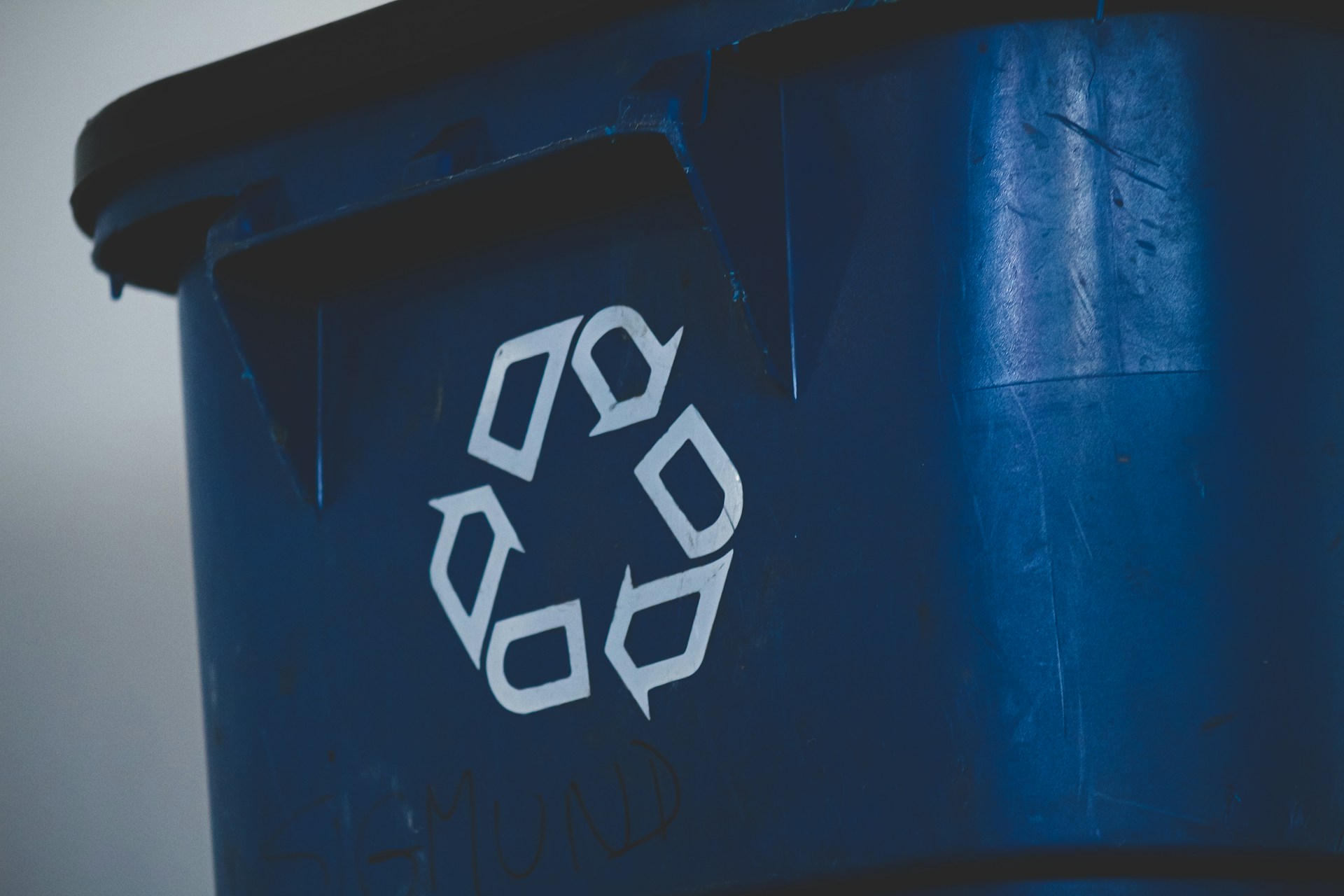



Revolutionized is reader-supported. When you buy through links on our site, we may earn an affiliate commision. Learn more here.
Without question, the global population’s increasing plastic consumption has left the risk of ecological collapse and a widespread public health crisis a major concern. Waste infiltrates fragile ecosystems, chokes and kills the world’s most precious species and may cause serious illnesses in people. Fortunately, scientists and technologists are steadfast in their efforts to address this issue, with one university research team exploring remote sensing for plastic pollution.

Plastic is everywhere, having increased in production from 2 million metric tons in 1950 to 431 million metric tons in 2019. Although global plastic waste generation reached 353 million metric tons that same year, roughly 82 million metric tons continue to be mismanaged, with 13 million and 5.8 million metric tons ending up in terrestrial and riverine ecosystems. However, other studies suggest the quantities are much higher.
Few people think about the life cycle of a flimsy plastic grocery bag. They use it to carry their goods home and then simply discard them without a second thought. There’s no guarantee that the bag will end up where it’s supposed to, though — and if it does enter the environment, it could take 20 years to decompose, with devastating consequences for wildlife.
Some plastic products take even longer to disintegrate, breaking down into smaller and smaller pieces over time. For example, straws could stay intact for 200 years, while plastic water bottles take a whopping 450 years to biodegrade.
Ocean plastic pollution has been given more attention in research than freshwater habitats. However, plastic debris is highly harmful to freshwater aquatic life through ingestion and entanglement, biodiversity loss, food chain disruptions and chemical accumulation.
It can also enter the human food chain with people consuming contaminated fish, potentially leading to reproductive issues, neurotoxicity, carcinogenicity, oxidative stress and poor metabolism.

A research team at the University of Minnesota Twin Cities recently explored remote sensing for plastic pollution, developing a first-of-its-kind approach using spectral reflectance properties — wavelengths in the electromagnetic spectrum.
Lead author of the study, Mohammadali Olyaei — a doctoral student in the Department of Civil, Environmental and Geoengineering — said the remote sensing devices enabled them to identify different types of plastic simultaneously, which is important for deploying catchment and removal technologies like drones. Additionally, the device filtered out naturally occurring materials like seaweed, driftwood, water foam and sediment.
The team conducted the study in the Mississippi River near the school’s research laboratory. They used a spectroradiometer and digital single-lens reflex camera to track and categorize debris depending on each item’s spectral signatures. The river itself was an ideal location for the experiment, as the team can continue to use remote sensing to detect and remove plastic pollution and determine how well it can protect downstream states.
The study highlighted the importance of uncovering more about plastic pollution in freshwater bodies, especially since much of ocean plastics end up there through river currents. Their findings suggested that remote sensing for plastic pollution provides an affordable and effective solution to the problem, enabling greater reach within a broad area.
Remote sensing is nothing new in the environmental world. The Internet of Things (IoT) has enabled sensor utilization in water facilities, agriculture, energy and more. For instance, IoT sensors can help save 70% on energy costs in climate-controlled buildings. Likewise, it can warn engineers of pressure drops in water management systems — a waste issue that’s estimated to yield $2.8 billion in losses annually. Other ways the field uses remote sensing include:
The remote sensing technology market shows little sign of slowing down — this is positive news for conservation initiatives and environmental protection. In fact, experts predict the market will grow from $19.45 billion in 2023 to $51.04 billion by 2032 at a compound annual growth rate of 11.32%.

No beachgoer imagines a relaxing day frolicking in the waves in a giant bowl of garbage soup. Curbing the plastic crisis starts with a strong sense of personal responsibility to do the right thing and change individual habits.
Given the dangers to people and the environment — the likelihood of ingesting microplastics and the commonality of wildlife choking or becoming entangled — it should be the turning point in one’s plastic consumption. There are several ways for the average person to help mitigate the plastic conundrum, including the following:
Recycling is still one of the most effective ways to prevent plastic debris from entering critical ecosystems, particularly waterways. Recycling rates are still much lower in the U.S. than they should be, though.
According to the U.S. Environmental Protection Agency, the recycling rate is only 32.1%, accounting for 94 million metric tons of municipal solid waste. This is much lower than Europe’s recycling rate of 44% in 2022, 65% of which was recorded as packaging waste.
There’s no time to waste in addressing the widespread garbage and recycling problem. Thanks to cutting-edge technologies, like remote sensing for plastic pollution, identifying and removing debris from ecosystems will have a tremendous impact. However, its effectiveness requires a holistic approach in which people are willing to change their habits by consuming less and recycling properly.
Revolutionized is reader-supported. When you buy through links on our site, we may earn an affiliate commision. Learn more here.


This site uses Akismet to reduce spam. Learn how your comment data is processed.